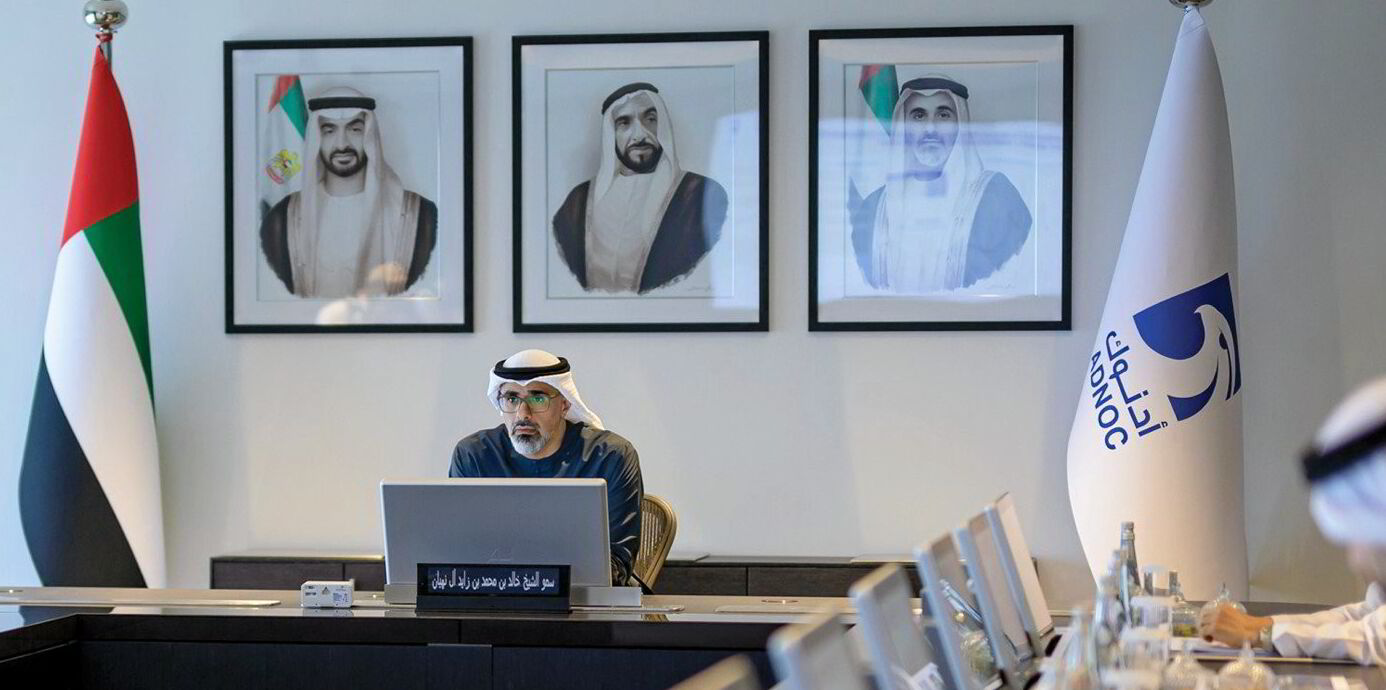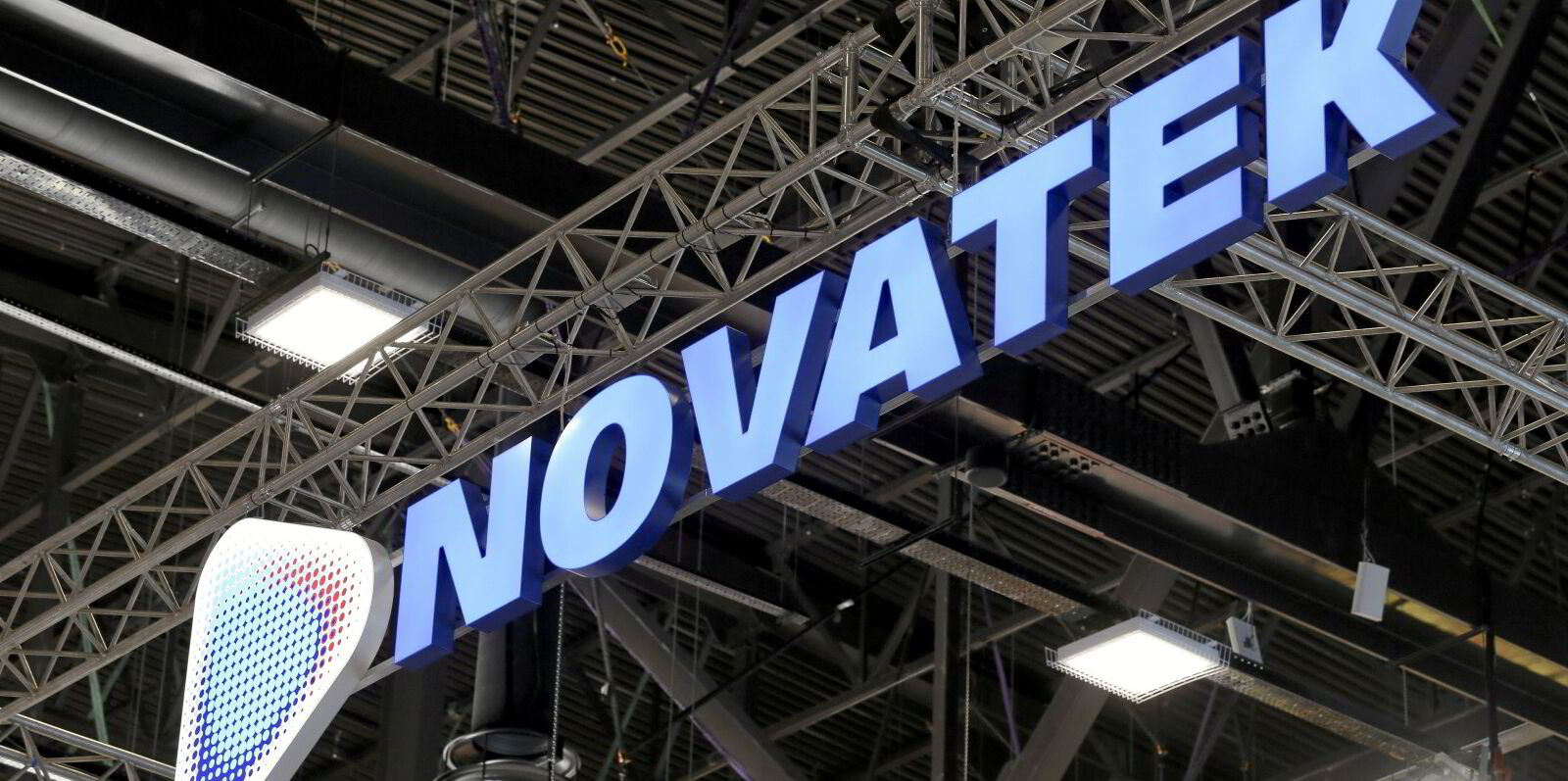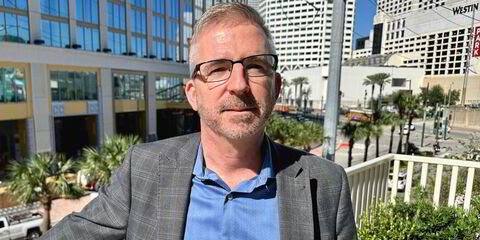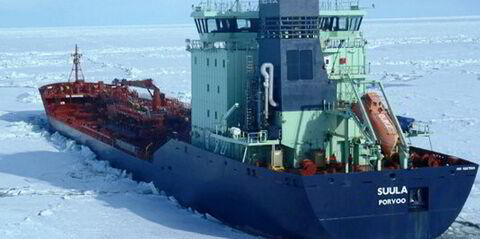A tranche of steam turbine-driven LNG carriers which redeliver this year look set to boost lay-up and scrapping figures for the sector in 2025.
Fearnleys adviser for LNG shipping markets Ina Bjorkum Arneson said 50% of the existing LNG carrier fleet is less than 10 years old.
But she said the fleet also comprises 80 vessels that are over 20 years old and are of less than 140,000-cbm capacity which will become less tradeable due to environmental legislation and cargo sizes.
“There is replacement demand in the LNG fleet and we do expect some increase in vessels heading for lay-up or even scrap when redelivering,” she said.
Arneson detailed that there are currently 342 LNG carriers on order equating to about 53% of the existing fleet and stretching into the next decade.
Most of the orders placed this year have been for Phase 2 of QatarEnergy’s huge LNG ship acquisition project with Qatari newbuildings now accounting for 36% of the LNG orderbook.
Arneson said at the current high prices of over $260m per LNG carrier, ordering has slowed somewhat.
But Arneson said that alongside fleet replacement needs, the growth in liquefaction will also likely boost demand for LNG newbuildings.
Fearnleys director and head of research Dag Kilen said that by 2030 the industry might need more LNG carriers than are currently on order.
Arneson said that despite the lack of use of the Panama and Suez Canals this year, charter rates have remained on a downward or flat trend.
She said spot charter rates for two-stroke tonnage averaged about $50,000 per day.
But on lower European demand, heatwaves and an open arbitrage to Asia there has been an increase in Atlantic cargoes heading east which has reduced tonnage availability in the west, and rates have seen a disconnect. This has resulted in a slight increase in rates in the west while on a flat trend in the east.
Arneson said the term market for LNG tonnage has been “muted” so far this year but there has been some increase in activity in recent weeks on multi-month periods as charterers seek winter coverage.
She said three to five-year period business is still priced at a premium as these price in the back-end of the charter period when the shipping balance is expected to be tighter.
The analyst said spot-fixing activity was “up significantly” in the first quarter of this year at levels not seen since 2021, and the April to June period of 2024 is on track to mirror the past three months.
Arneson said charterers’ strategy of remaining long on shipping has changed.
But she said charterers remain in charge of the bulk of the LNG shipping fleet with over 80% of short-term deals being sublet vessels.
Arneson said, however, that Fearnleys anticipates “numerous redeliveries” of vessels to independent owners towards the end of this year and in 2025, largely of older steam turbine LNG tonnage which will then seek charter coverage.
She said that with LNG carriers not using the Suez Canal more Qatari cargoes have headed east. Normally about 20% of Qatar cargoes would move to Europe but this is down to 14% so far this year.
There have also been only a handful of LNG carriers using the Panama Canal due to the limited transit slots available.
In contrast, she said the number of LNG carriers taking the longer Cape of Good Hope route are at almost four times the historical averages.
This has pushed up tonne-miles throughout 2024 and average speeds are slightly higher, but with room to speed up further.
“The already present oversupply of shipping as well as frequent newbuilding deliveries has meant that the fleet has been more than capable of handling the tonne-mile growth,” Arneson said.







